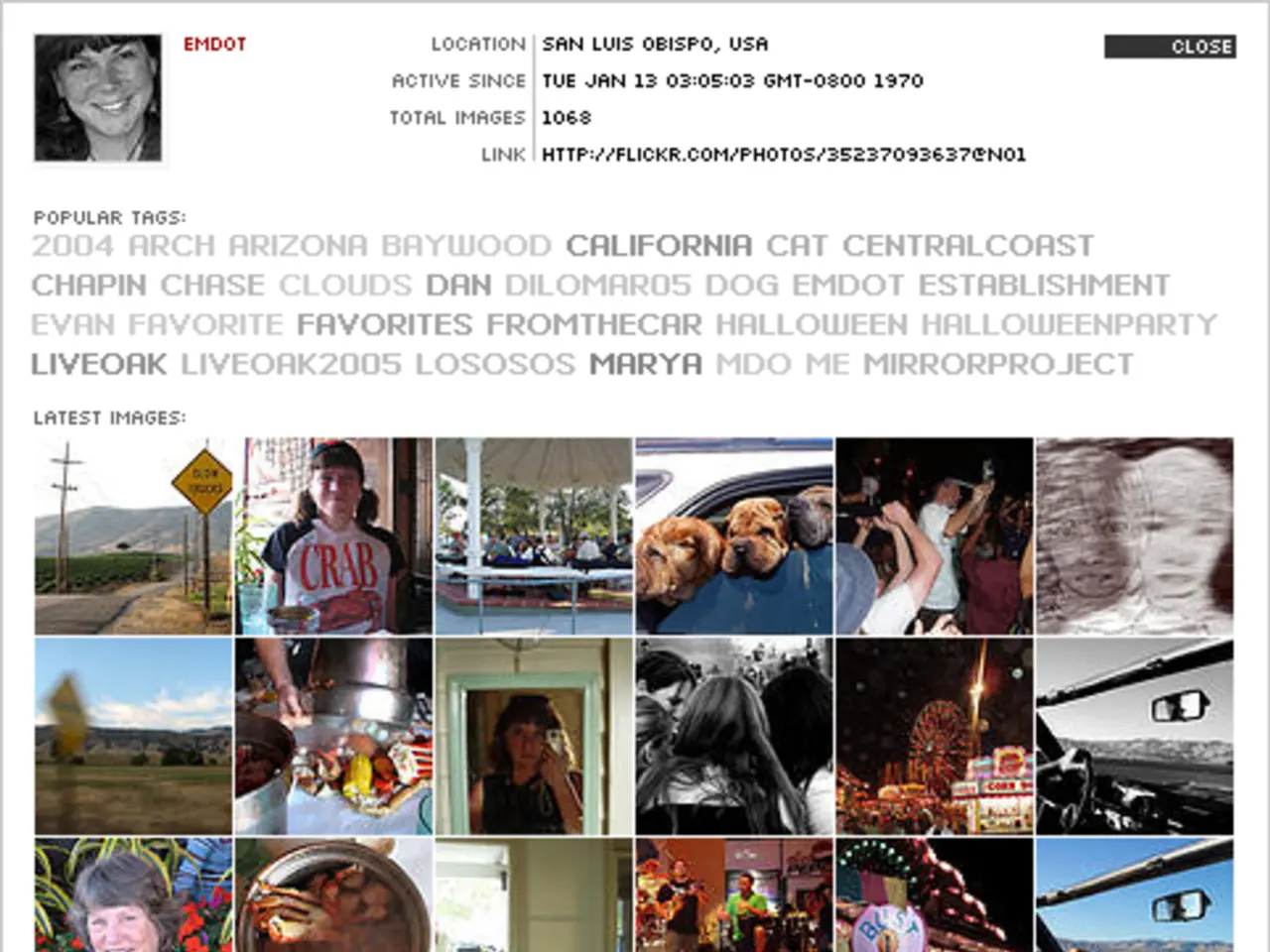Human Memory Composition and Its Significance in Data Visualization
Human memory, though complex, plays a crucial role in our daily lives and is particularly significant in the realm of design and information visualization. The brain's memory system can be divided into three interacting subsystems: sensory memory, short-term (or working) memory, and long-term memory.
Sensory memory, for instance, briefly holds raw sensory inputs such as visual impressions for a very short duration, allowing initial perception before further processing. This system has a very large capacity but decays rapidly if not attended to.
Short-term memory (STM), on the other hand, holds a limited amount of information actively for seconds to about a minute. It typically can hold about 4 to 7 discrete units or chunks of information. Chunking or grouping meaningful information dramatically increases effective capacity. STM is critical for immediate tasks like reading, problem-solving, and visual scanning, but is fragile without rehearsal and easily disrupted by distractions.
Long-term memory (LTM) stores information over extended periods, ranging from hours to a lifetime. It has a huge capacity and consists of episodic memory (personal, context-rich events) and semantic memory (abstract knowledge/facts).
Focusing on visual memory, which is critical in design and information visualization, sensory visual memory (iconic memory) lasts only a fraction of a second, capturing a rich but fleeting snapshot of the visual field. Visual short-term memory holds a limited number of visual elements actively for a few seconds, influencing how much visual detail can be processed concurrently. Long-term visual memory stores detailed and abstract visual concepts and representations that can be recalled later.
In the context of design and information visualization, several principles emerge. Firstly, organizing visual information into meaningful groups or chunks improves comprehension and recall. Secondly, leveraging pre-existing long-term memories aids interpretation and faster recognition of visual elements. Thirdly, designs should avoid overwhelming sensory and short-term memory capacity, particularly avoiding excessive simultaneous visual elements. Fourthly, effective visual cues, contrast, and hierarchy help guide attention and memory encoding. Lastly, understanding the transient nature of sensory and short-term visual memory encourages pacing information presentation and using persistence to reinforce memory.
In conclusion, an effective visualization or design balances the brief sensory traces, the limited short-term processing capacity, and the extensive long-term knowledge base, optimizing how visual information is encoded, maintained, and retrieved by the human memory system. However, it's important to note that the majority of designs, including information visualizations, are not committed to long-term memory.
- In the realm of UI design and information visualization, designs should avoid overwhelming sensory and short-term memory capacity, particularly avoiding excessive simultaneous visual elements to facilitate effective processing of visual information.
- Leveraging pre-existing long-term memories, such as in mental-health awareness or nutrition facts, aids interpretation and faster recognition of visual elements in health-and-wellness and fitness-and-exercise contexts.
- Organizing visual information into meaningful groups or chunks, like representing different exercise types or nutrient categories, improves comprehension and recall in the health-and-wellness and fitness-and-exercise domains, as well as in general UI design.




